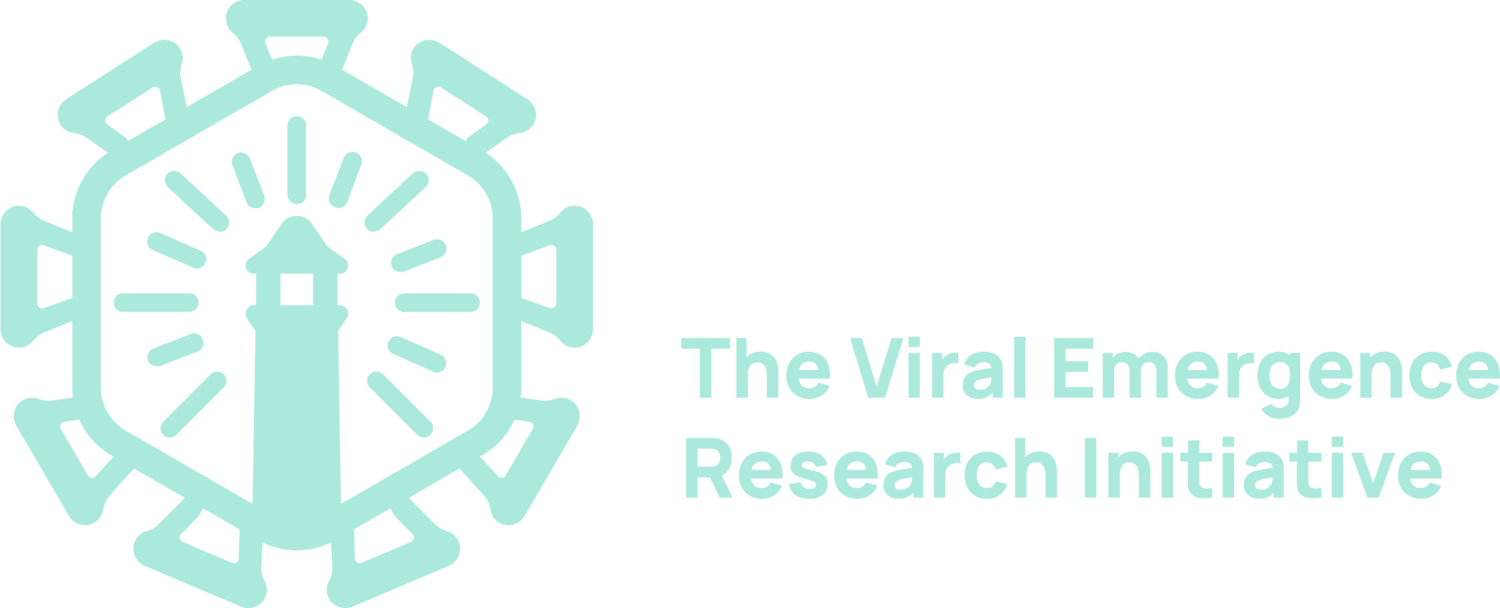What we’re doing.
Ten priority areas for 2021 and onwards.
On our team, we’re constantly redefining what we do, what problems we think we can tackle, and where our skills and expertise end. From Jan. 11 to 13, we gathered as a team for the first time to set our scope for the next few years, and identified ten areas that define what a “Verena Problem” looks like:
Collaboration. Build a community-of-practice, majority-led by early career researchers working on an equal platform without collaborative barriers.
Open science for impact. Develop open science norms and guidelines, in collaboration with other teams spanning global health and ecology, and facilitate response capacity where possible.
A core toolkit for prediction. Develop an open-source toolbox of data, models, software, and protocols to document and predict host-virus interactions, including the zoonotic potential of wildlife viruses.
Model validation through iteration. Use experiments, fieldwork, and biological collections to test model predictions, and use models to help guide empirical discoveries.
More meaningful models. Harness new data streams about host competence and outcomes of infection to move beyond basic “ability to infect” and make more biologically meaningful predictions.
More microbiological predictors. Leverage molecular and within-host data, including genomic, transcriptomic, proteomic, metabolomic, and immunological variables, for better predictions about host-virus compatibility.
Understand today’s global virome. Identify and test universal laws of viral macroecology and biogeography.
Predict tomorrow’s global virome. Detect, attribute, and predict global change impacts on the global virome, including the downstream risk of zoonotic and vector-borne disease.
Prepare for future arbovirus epidemics. Synthesize information on arthropod vector competence for viruses, and develop predictive models of the host-vector-virus network.
A vision for global data sharing. Develop a long-term, global data synthesis strategy for biodiversity and wildlife disease monitoring, especially at the One Health interface.

